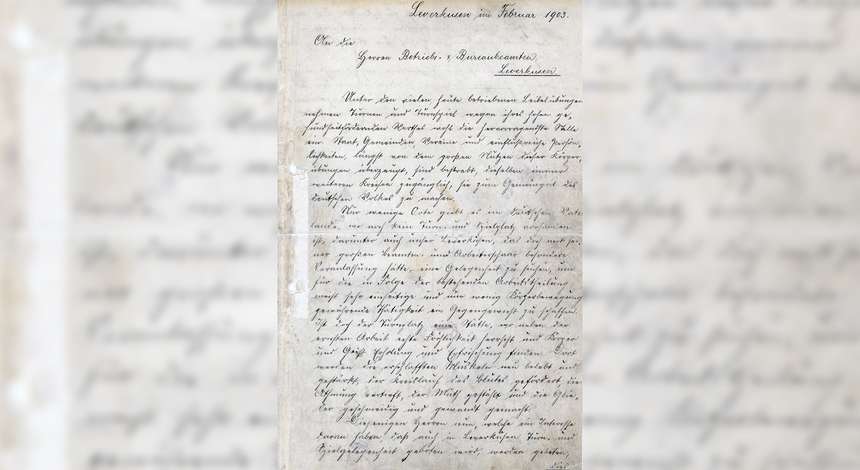
At the turn of the century, there were three unofficial gymnastics clubs, not part of the German Gymnastics Association, in Wiesdorf. Hauschild and Kuhlmann wanted to make gymnastics in Leverkusen, as the area around the works was known, acceptable and in their letter they pointed to the benefits of gymnastics. They asked the management employees to sign to "show their interest in gymnastic and sports opportunities in Leverkusen." The appeal is successful. 170 men respond and provide their signatures.
The letter in full:
Leverkusen February 1903.
To the Herren Betriebs- & Bureaubeamten, Leverkusen.
Among the many physical activities of today, gymnastics and gymnastic games probably take first place due to their health promoting values. State, communities, clubs and influential personalities, are convinced of the big benefits of these physical exercises, and aim to make them accessible to greater and greater numbers for the common good of the German people.
There are few places in the German Fatherland that do not have gymnastics and playing fields including our Leverkusen that, with its large number of officials and workers, would have particular cause to seek the opportunity to provide a counterbalance to the mainly uniform activities involving little physical mobility caused by the existing circumstances of work.
The gymnastics field is a place where genuine happiness rules alongside hard work, and body and spirit find recovery and refreshment. Tired muscles are reinvigorated and strengthened, blood circulation is improved, breathing deepened, spirits raised and limbs made supple and flexible.
Men who now have an interest in Leverkusen of also offering gymnastic and playing opportunities, are asked to provide their signatures so that these signatures can then be sent to the management of the dye factories to seek support in this matter.
The call to take part not only goes out to young employees but older men are also asked to get involved as everybody can find an activity on the gymnastic and playing fields regardless of how old or how young and according to their age and physical condition.
The above is approved by the signatories:
And there are 170 signatures.
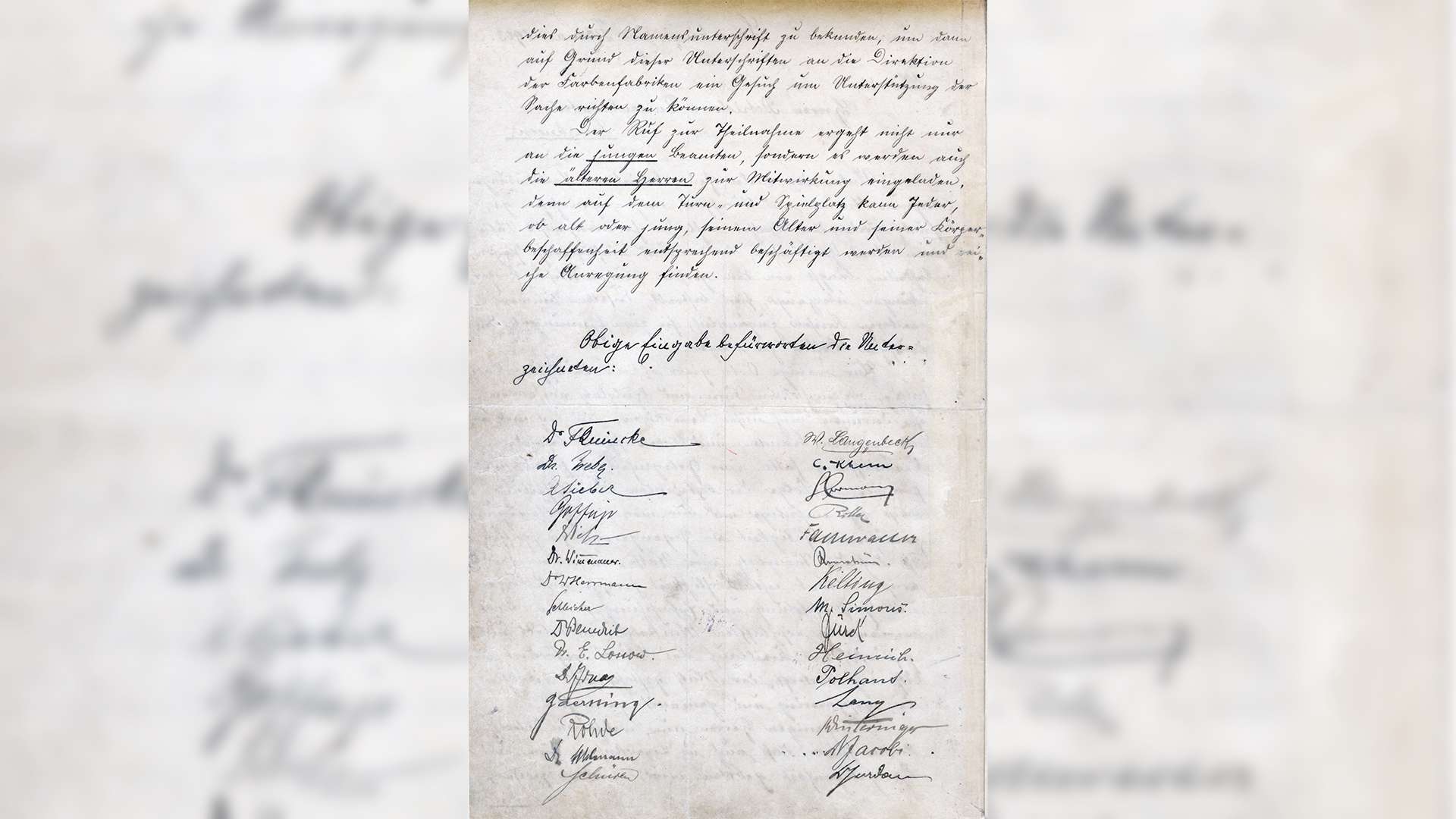

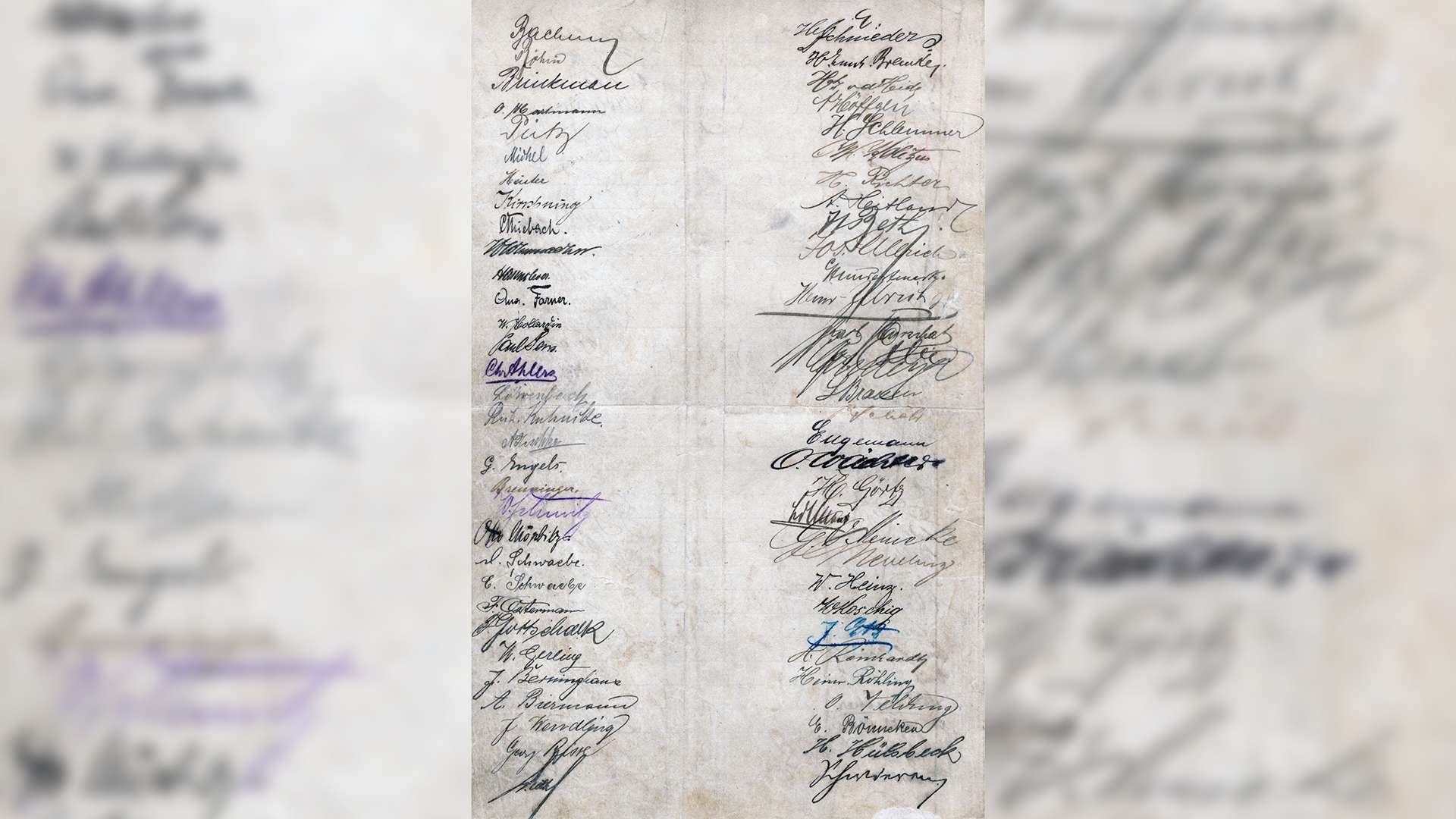
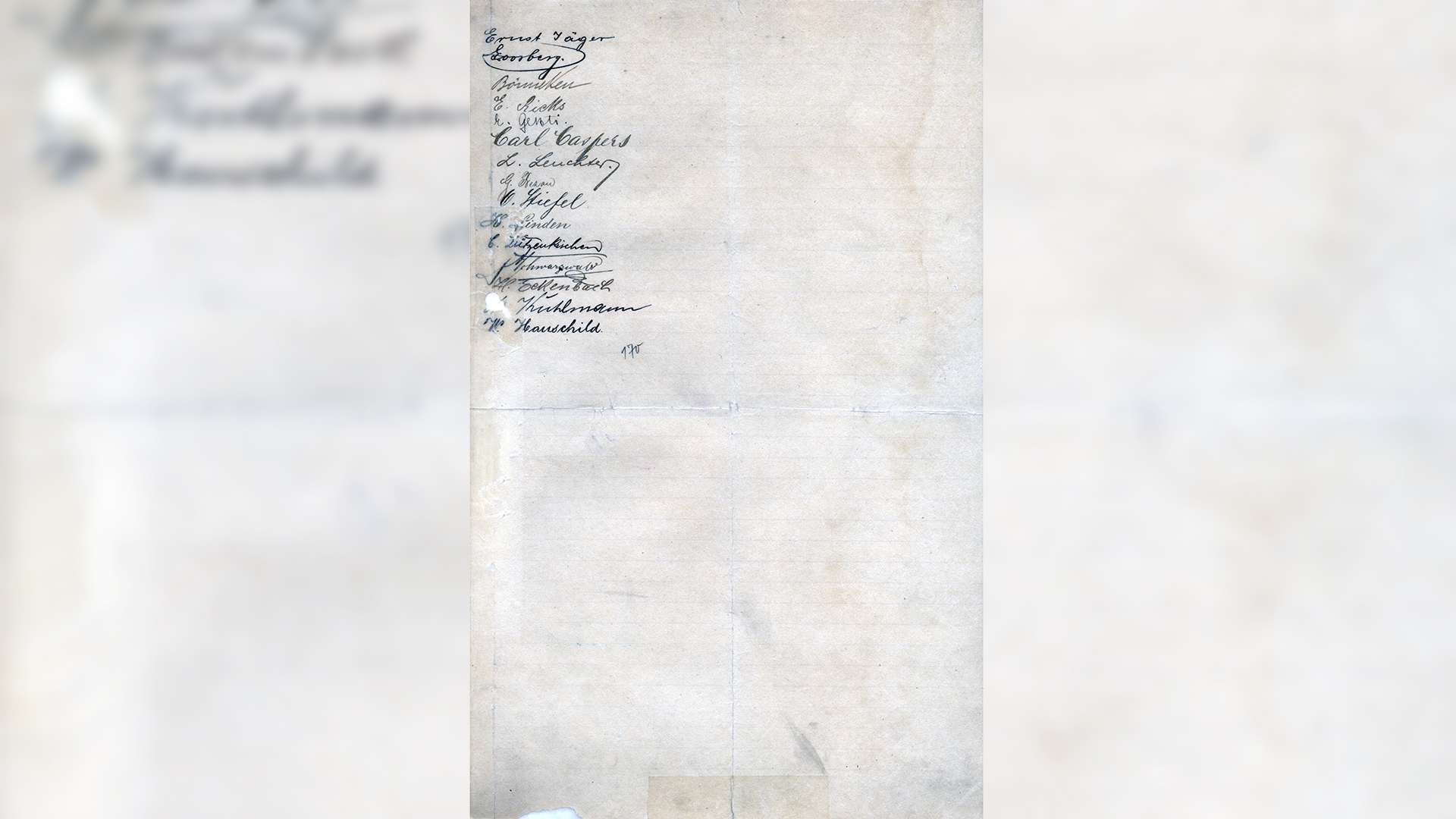
This circular including the signatures and an explanatory letter was sent by Hauschild in November 1903 to the "honoured management of the dye factories formally Friedrich Bayer & Co." with the request for a response. It did not take long for a reply. Friedrich Bayer Jr. and Carl Duisberg let Wilhelm Hauschild know that they "would be extremely happy if a gymnastic club was established in Leverkusen." They provide prospects of the construction of a gymnastic hall and the engineers department are asked to find a suitable playing field.
Related News
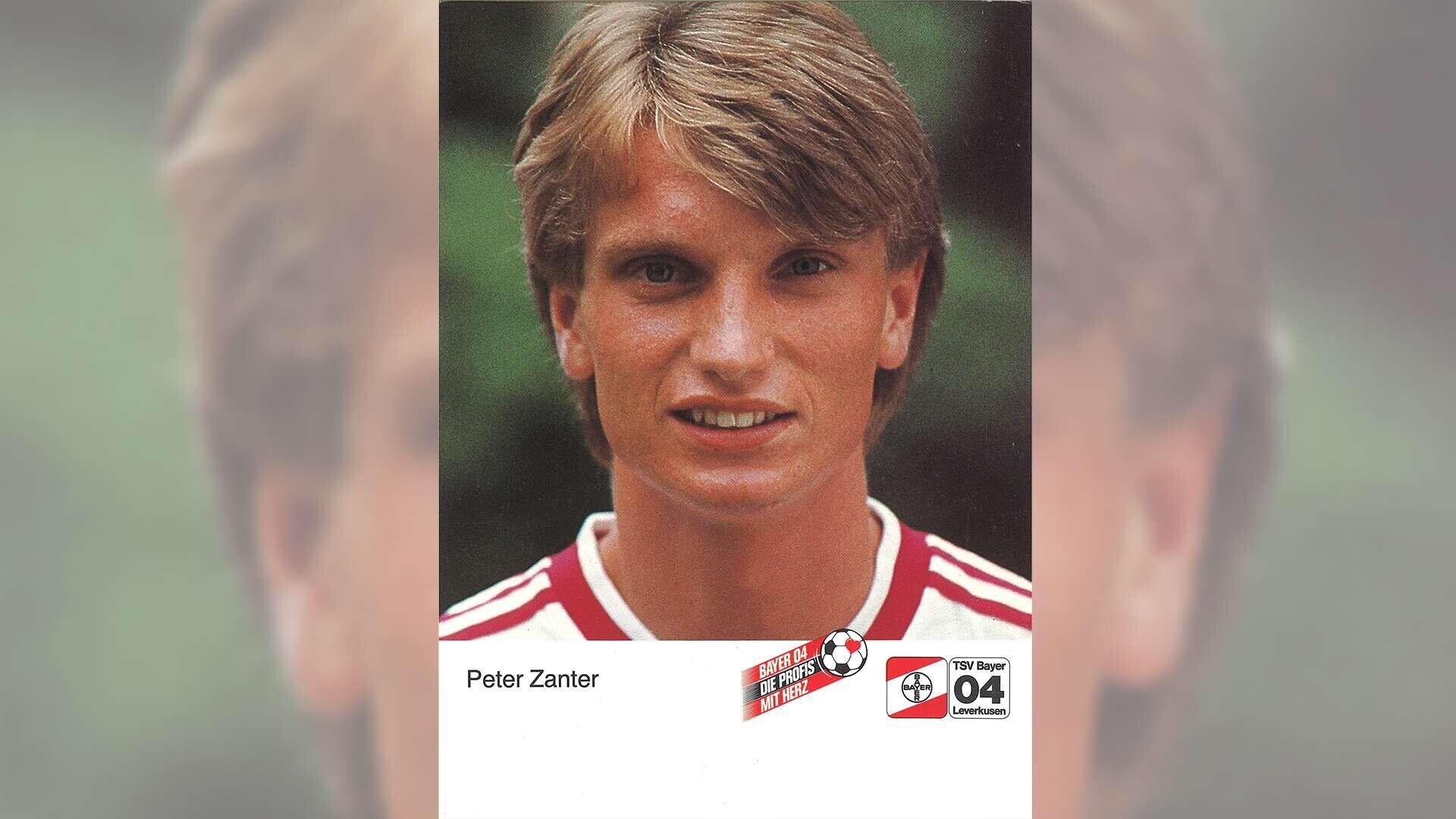
Birthday boy of the month 1: Peter Zanter turns 60
Peter Zanter was born on 11 November 1965 in Wermelskirchen in the Rhineland. His passion for football was evident from an early age: As a child, he played enthusiastically for the youth teams at SV Dabringhausen and SV Wermelskirchen. His ability and discipline did not go undetected for long - and he joined the youth section at Bayer 04 at a young age.
Show more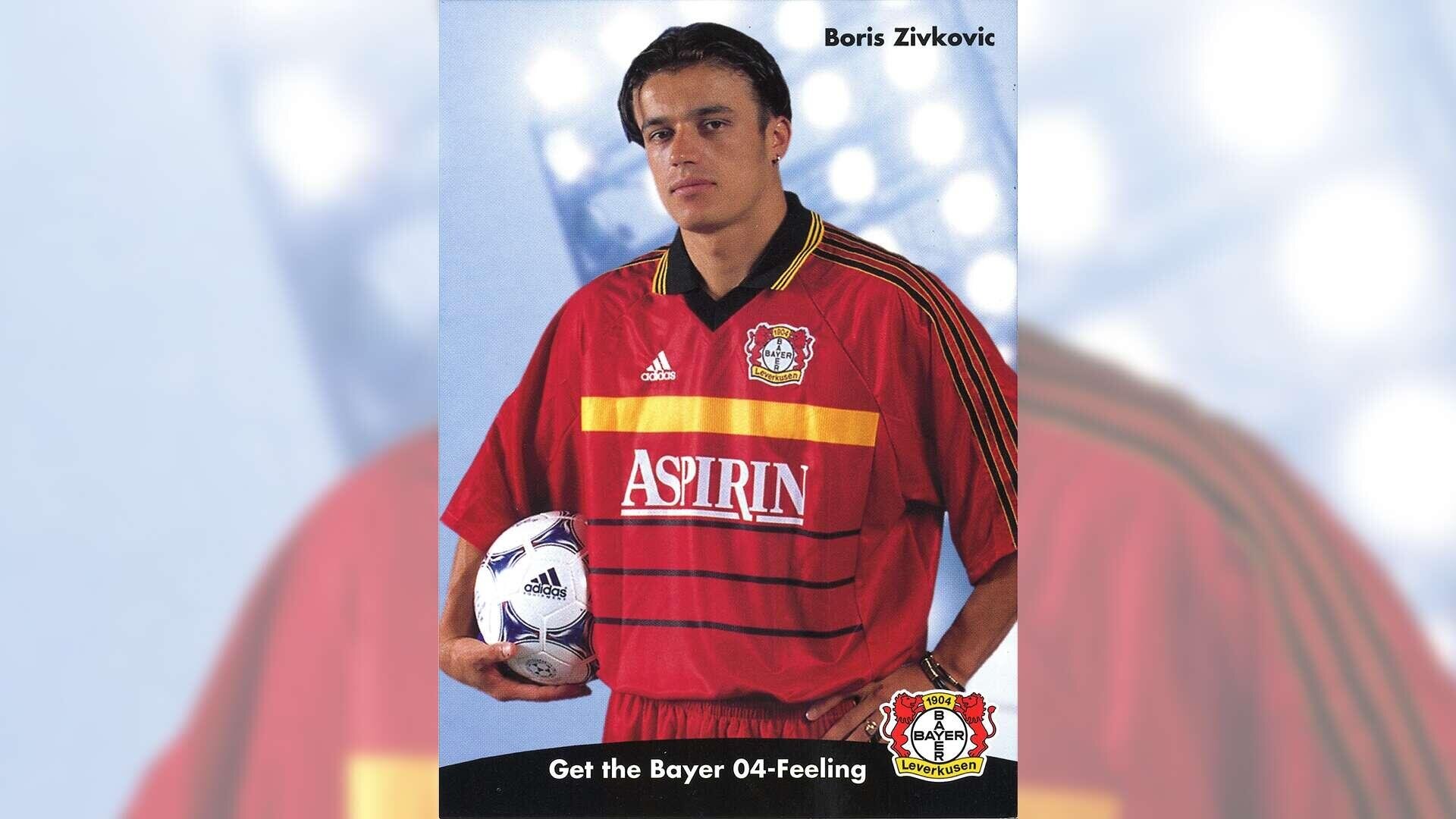
Birthday boy of the month 2: Boris Zivkovic turns 50
Boris Zivkovic was born on 15 November 1975 in the Bosnian town of Zivinice, which is now part of Bosnia and Herzegovina. He played for FK Sarajevo at a young age. However, his youth was characterised by the turmoil of the wars in the former Yugoslavia. At the age of just 17, he was also called up and took part in the fighting - a fate shared by many young men of his generation.
Show more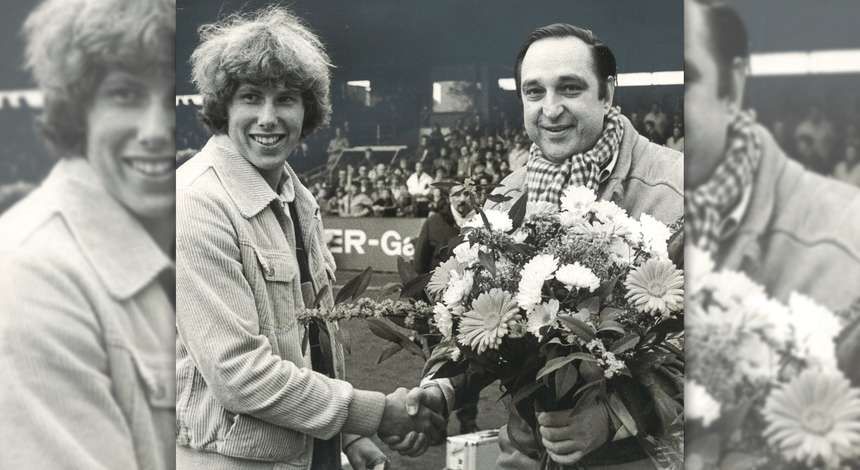
Legends: Under the Cross for 44 years
For once, this is going to be about me. About my path into football, my years as a goalkeeper at Bayer 04 and my ‘career after my career’ at this great club. So, come with me on a little journey through time...
Show more
Match of the month: 40 years ago - Bayer 04 hit the jackpot
It is 1 November 1985, a Friday evening, floodlights on. The leaders Werder Bremen with their coach Otto Rehhagel come to the Ulrich Haberland Stadium. 15,000 spectators want to watch this top match, as the Werkself, with their new coach Erich Ribbeck, are in fourth place in the table, just five points behind the leaders.
Show more
Goals of the month: From Demuth to Calhanoglu
In the video you can see impressive and important goals in Bayer 04 history from the month of November. It's not always about the beauty of the goals, but also a reminder of special games and players.
Show more